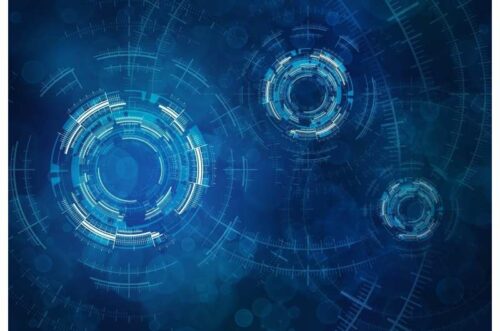Researchers have developed a machine learning model that can predict an upcoming natural calamity like earthquakes and pandemics.

The world is a chain of events. May it be the up-coming of life or death and even events. Multiple studies suggest that the events-a big calamity- occurs over a specific interval of time. “Statistically speaking, these events are so rare that there’s just not enough data on them to use predictive models to accurately forecast when they’ll happen next.” Researchers at Brown University and MIT believe it could be predicted. What if this period could be calculated and we could prepare before the calamity occurs?
Researchers described how they combined statistical algorithms—which need less data to make accurate, efficient predictions—with a powerful machine learning technique developed at Brown and trained it to predict scenarios, probabilities and sometimes even the timeline of rare events despite the lack of historical record on them.
They found that this framework provided a way to circumvent the need for massive amounts of data that are needed for computations. They used a sequential sampling technique called active learning. To study the large data, they used DeepOnet, a type of artificial neural network, which uses interconnected nodes in successive layers that roughly mimic the connections made by neurons in the human brain.
Researchers applied the pinpointing parameter and different ranges of probabilities for dangerous spikes during a pandemic, finding and predicting rogue waves, and estimating when a ship will crack in half due to stress. For example, with rogue waves—ones that are greater than twice the size of surrounding waves—the researchers found they could discover and quantify when rogue waves will form by looking at probable wave conditions that nonlinearly interact over time, leading to waves sometimes three times their original size.
The researchers found their new method outperformed more traditional modeling efforts, and they believe it presents a framework that can efficiently discover and predict all kinds of rare events.
Reference : Ethan Pickering, Discovering and forecasting extreme events via active learning in neural operators, Nature Computational Science (2022). DOI: 10.1038/s43588-022-00376-0. www.nature.com/articles/s43588-022-00376-0








